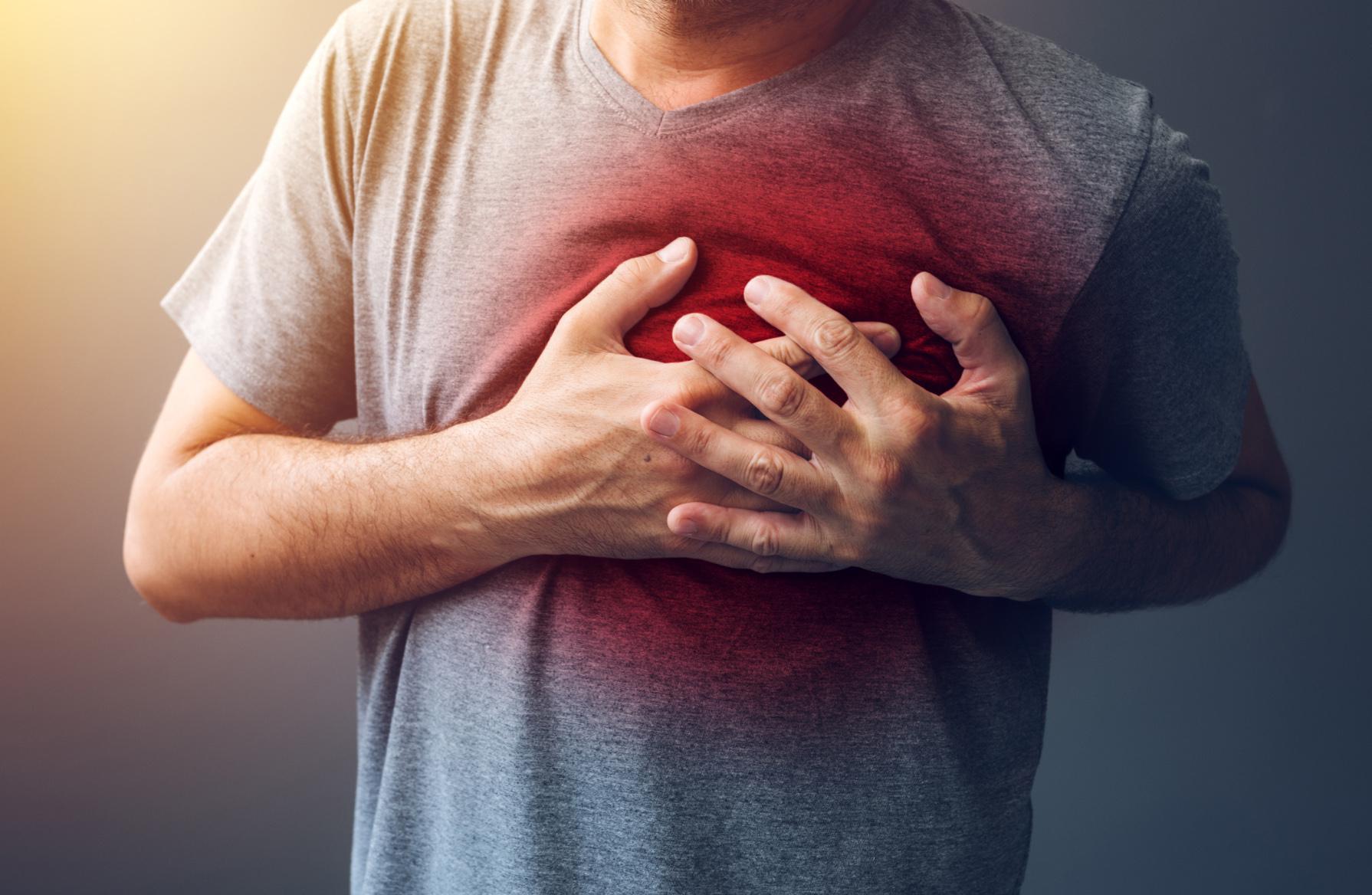The heart is a powerful word. Some will interpret the heart as something related to feelings and some will relate it with desire and passion. From the perspective of science and medicine, the heart is referring to an organ in the body. The heart is a vital organ located in the chest area which is specifically known as the mediastinum. Why is the heart so important? The heart is crucial in delivering and maintaining blood flow to the whole body. The heart is the engine that receives and ejects blood to different areas in the body. Blood vessels are the channels or tubes that direct the flow of the blood and complement the existence of the heart. Heart, blood vessels, and blood are part of a system known as the cardiovascular system. Blood is a medium to nourish and maintain the existence of other body cells. Blood brings oxygen and nutrients to all body cells and organs. Blood also takes away waste products like carbon dioxide for the body to expel it out. Heart screening is a preventive measure to keep you away from an unhealthy heart. Get yourself screened to ensure you are healthy.
Health is defined as the state of wellbeing of the biopsychosocial components. Bio is referring to our hardware or our body organs and parts. Psycho is referring to the software or the human mental state. Social is referring to our relationship with the environment, surroundings, and people which includes relationships and financial status. A healthy person means all three components are well. An unhealthy heart is related to the impaired bio component. The diseases of the body are mostly well studied and most of the diseases already have the treatment. An unhealthy heart could mean many things. There are many diseases of the heart. The examples are:
- Coronary heart disease
- Congenital heart disease
- Valvular heart disease
- Heart failure
- Arrhythmias
- Pericardial diseases
- Cardiomyopathy
Each disease has its clinical features. However, some symptoms may overlap between a few diseases. Some of the common or well-known symptoms of heart disease are chest pain, shortness of breath, rapid heartbeats, and lethargy. Those symptoms are commonly related to an unhealthy heart.
Coronary heart disease is when the artery (blood vessels) supplying your heart is clogged. In this case, the heart is not getting adequate blood supply and oxygen perfusion. Fat deposits are the common culprit that blocked the blood vessels. The symptoms of coronary heart disease are:
- Shortness of breath
- Chest pain, discomfort, or heaviness at the central area
- Pain, discomfort, or tingling of the jaw, back, or arms
- Sweating
- Nausea
- Vomiting
- Burping
- Rapid heartbeats
- Dizziness
Congenital heart disease is heart disease in a newborn. Few heart diseases may affect the newborn like the Tetralogy of Fallot. Valvular heart disease is when the valves within the heart are not functioning properly. Heart failure is a condition in which the heart is not pumping well. The New York heart association (NYHA) has classified heart failure into four stages. This staging is used in many countries.
NYHA class 1: Heart disease patients have no limitation to physical activities.
NYHA class 2: Heart diseases patients that have slight limitations to physical activity
NYHA class 3: Heart disease patients with marked limitations to physical activity. However, they are comfortable at rest.
NYHA class 4: Symptoms even at rest and worsen with physical activities.
Heart diseases are diagnosed after careful assessment of signs and symptoms, physical examination, and tests. The tests available to help in diagnosing heart diseases are:
- Electrocardiogram (ECG)
- Blood test
- Chest x-ray
- Echocardiogram
Living a healthy lifestyle and eliminating the risk factors for heart disease will help to prevent you from suffering from heart disease. Regular health screening is also important in detecting any disease at a very early stage. Early detection will ensure a better prognosis or recovery rate.

